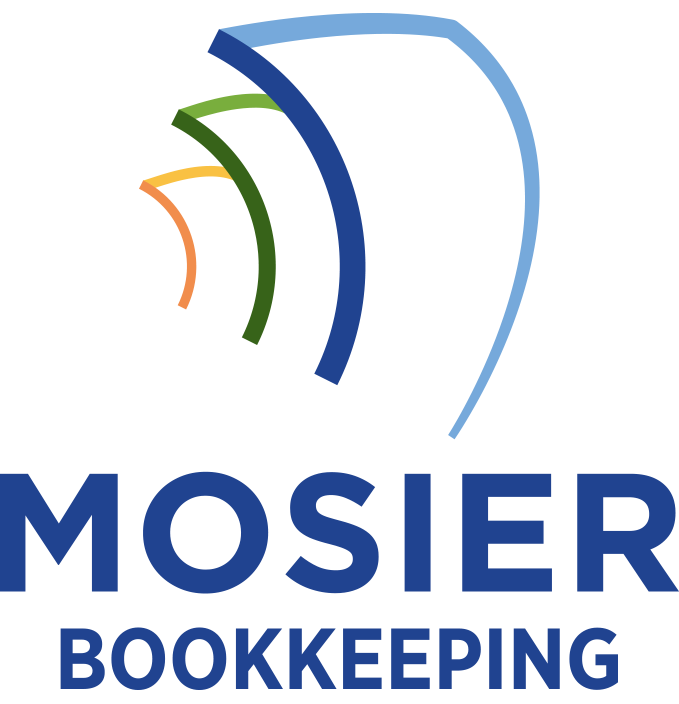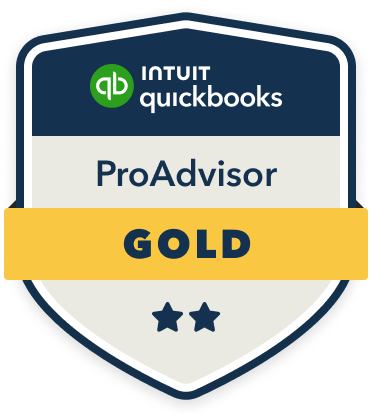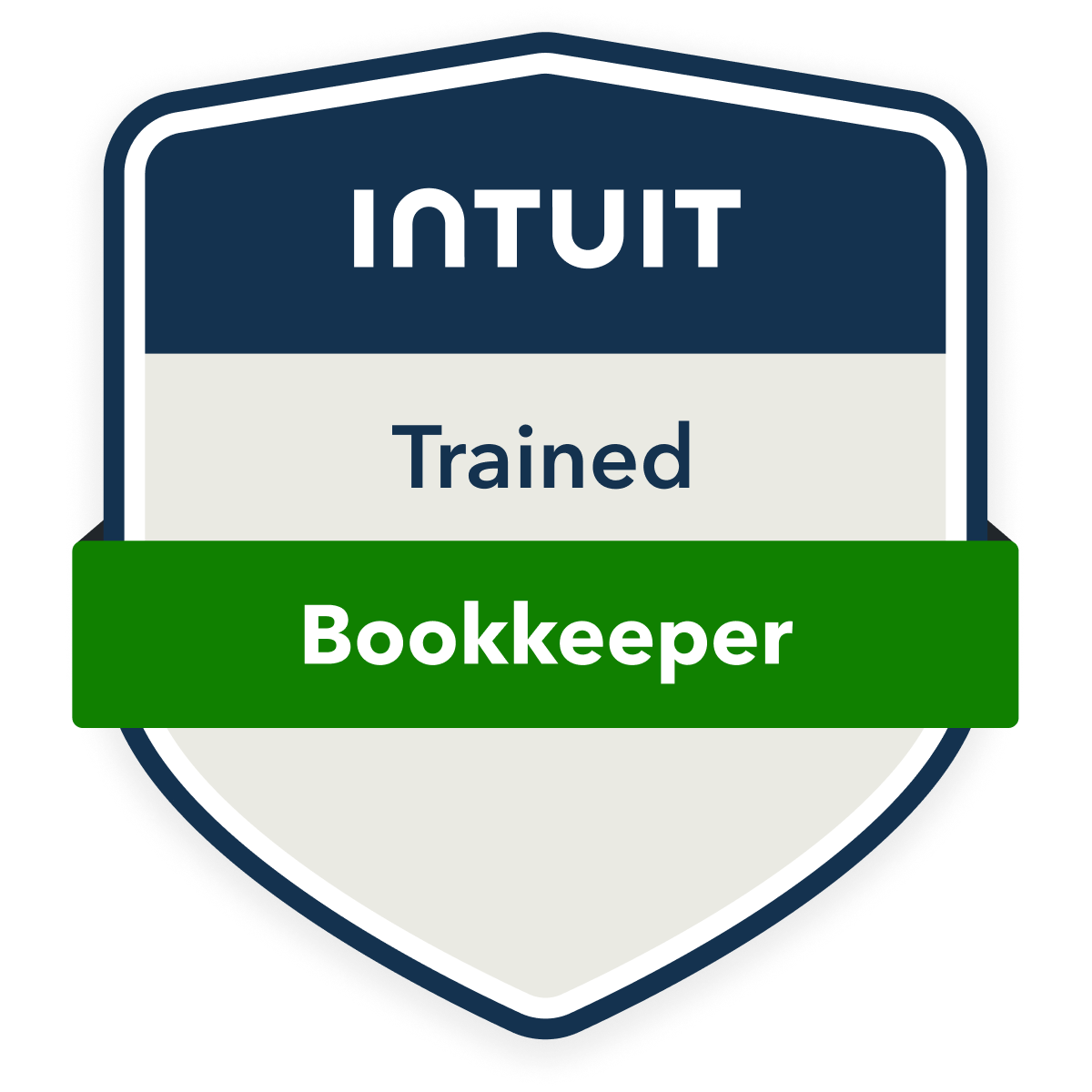To keep your personal and business finances separate, I recommend starting with dedicated business bank accounts and credit cards using your EIN and business documentation. You’ll need to implement strict expense categorization, digital receipt tracking, and professional payment systems that integrate with accounting software. I maintain clear documentation protocols and never mix personal and business funds. Proper separation protects your liability and creates a clear audit trail – these foundational steps lead to many more critical practices.
Establishing Dedicated Business Banking Accounts

Opening a dedicated business bank account marks the essential first step in separating personal and business finances. I recommend establishing both a business checking account for daily operations and a business savings account for reserves and tax obligations. This separation creates a clear audit trail, strengthens liability protection, and enhances my professional credibility.
I’ll need to provide my EIN, business formation documents, and business license to open these accounts. I choose a bank offering robust online banking, minimal fees, and integration with my accounting software to maximize operational efficiency and maintain pristine financial records.
Creating Clear Financial Documentation Systems
Once I’ve established separate bank accounts, implementing a robust financial documentation system becomes critical for maintaining clean books and regulatory compliance. I recommend implementing these essential components to maintain control and protect my business interests:
- Digital receipt tracking system that automatically categorizes and stores transaction data
- Professional accounting software that integrates with my business accounts and generates real-time financial reports
- Standardized documentation protocols for invoices, contracts, and expense reports
This systematic approach guarantees I maintain pristine records for tax purposes, streamlines my audit preparation, and provides the data-driven insights needed to make strategic financial decisions that drive business growth.
Setting Up Professional Payment Methods

To organize your business finances professionally, I recommend establishing three core payment methods: a dedicated business credit card, digital payment processing systems, and a separate business bank account. A business credit card helps track expenses while building credit history, and modern digital payment platforms like Square or Stripe enable you to accept multiple payment types efficiently. Your business bank account serves as the foundation for all transactions, providing clear separation from personal finances and simplifying tax preparation.
Business Credit Card Benefits
A dedicated business credit card serves as a cornerstone for establishing professional payment methods and maintaining clear financial boundaries. I recommend leveraging business credit cards to build your company’s independent credit profile while gaining access to powerful financial tools and rewards.
Key advantages include:
- Enhanced expense tracking with detailed reporting, categorization, and year-end summaries for tax purposes
- Superior fraud protection and liability coverage compared to personal cards
- Business-specific rewards like higher cash back on office supplies, travel, and advertising
These benefits strengthen your business infrastructure while creating a clear audit trail that separates personal and business transactions.
Digital Payment System Setup
Building upon the foundation of business credit cards, modern companies need robust digital payment systems to operate efficiently in today’s market. I recommend implementing an expansive digital payment infrastructure that includes multiple payment gateways to maximize revenue capture.
| Payment System | Key Features | Implementation Time |
|---|---|---|
| Square | POS Integration | 1-2 Days |
| Stripe | API Flexibility | 2-3 Days |
| PayPal | Global Reach | 1 Day |
| Plaid | Bank Integration | 3-4 Days |
| Wise | Currency Exchange | 2 Days |
Select platforms that align with your business model and customer preferences. I’ve found that integrating at least two complementary systems provides redundancy while maximizing payment acceptance rates.
Dedicated Bank Account Essentials
While digital payment systems provide modern transaction capabilities, establishing dedicated business bank accounts forms the cornerstone of professional financial management. I recommend securing these essential banking elements to maintain control over your business finances:
- A primary business checking account for operational transactions, vendor payments, and revenue deposits
- A business savings account to maintain liquidity reserves and segregate tax obligations
- A dedicated business credit card to track expenses, build business credit, and maximize cash-back rewards
These foundational components create a clear audit trail, strengthen your business’s financial infrastructure, and position you for streamlined tax reporting and potential funding opportunities.
Maintaining Strict Expense Categories
I’ll show you how establishing clear transaction categories forms the foundation of proper business accounting – you must label and track every expense with specific, consistent categories. You should never combine personal and business funds in any account, as this creates confusion and potential legal/tax complications. I recommend documenting the explicit purpose of each financial account in writing, which helps maintain boundaries and simplifies expense tracking across your business operations.
Clear Transaction Categories Required
To effectively separate personal and business finances, maintaining strict transaction categories serves as a cornerstone of proper financial organization. I guarantee every transaction receives a clear, unambiguous designation to avoid confusion during tax season and financial reviews.
Three critical steps I execute for categorizing transactions:
- Assign immediate labels to all expenses and income at the point of transaction
- Create distinct category codes that align with tax reporting requirements
- Document the business purpose for each transaction in real-time
This systematic approach empowers me to maintain pristine financial records while maximizing tax advantages and protecting my business interests.
Never Mix Fund Sources
Building upon proper transaction categorization, strict separation of funding sources stands as a fundamental principle in maintaining financial clarity. I’ve found that mixing personal and business funds creates compliance risks and muddles financial reporting. You’ll need to establish dedicated business accounts and never cross-pollinate with personal resources.
I maintain this separation through distinct credit cards, checking accounts, and payment processing systems for each sphere. When you need to transfer funds between business and personal accounts, document it as either an owner’s draw or capital contribution. This precision protects your liability shield and simplifies both tax preparation and audit trails.
Document Every Account Purpose
Clear documentation maps out the purpose of every financial account in your business ecosystem. I recommend creating detailed records that specify the exact role and permitted transactions for each account you maintain.
Key documentation requirements:
- Define precise functions for checking accounts, savings accounts, and credit cards – including which business activities each should serve
- Establish explicit rules for handling income streams, operational expenses, and tax obligations through designated accounts
- Maintain updated records of account relationships, authorized users, and specific spending limits
This documentation system creates a robust framework for enforcing financial boundaries and optimizing your business operations.
Developing Smart Payroll Practices

While managing separate finances is crucial, implementing smart payroll practices forms the backbone of maintaining clear business records. I recommend establishing rigorous protocols for processing employee compensation and benefits.
| Action | Impact |
|---|---|
| Set pay schedule | Guarantees predictable cash flow |
| Track withholdings | Preserves tax compliance |
| Document benefits | Controls overhead costs |
| Monitor overtime | Prevents budget overruns |
I’ve found that automating payroll systems reduces errors and reinforces financial controls. By implementing direct deposits and electronic tax payments, you’ll minimize manual intervention. This systematic approach empowers you to maintain precise records while protecting both personal and business assets from commingling.
Building a Strong Business Credit Profile
A strong business credit profile serves as the cornerstone for accessing crucial financing and establishing vendor relationships. I recommend taking strategic actions to build your company’s creditworthiness through methodical documentation and structured financial management.
- Register with major business credit bureaus (Dun & Bradstreet, Experian Business, Equifax Business) and obtain your D-U-N-S number
- Establish credit accounts with suppliers who report to business credit bureaus
- Maintain payment discipline by consistently settling obligations before due dates
Monitor your business credit reports quarterly to verify accuracy and address any discrepancies promptly. This proactive approach positions you to leverage prime financing terms and top-tier vendor partnerships.
